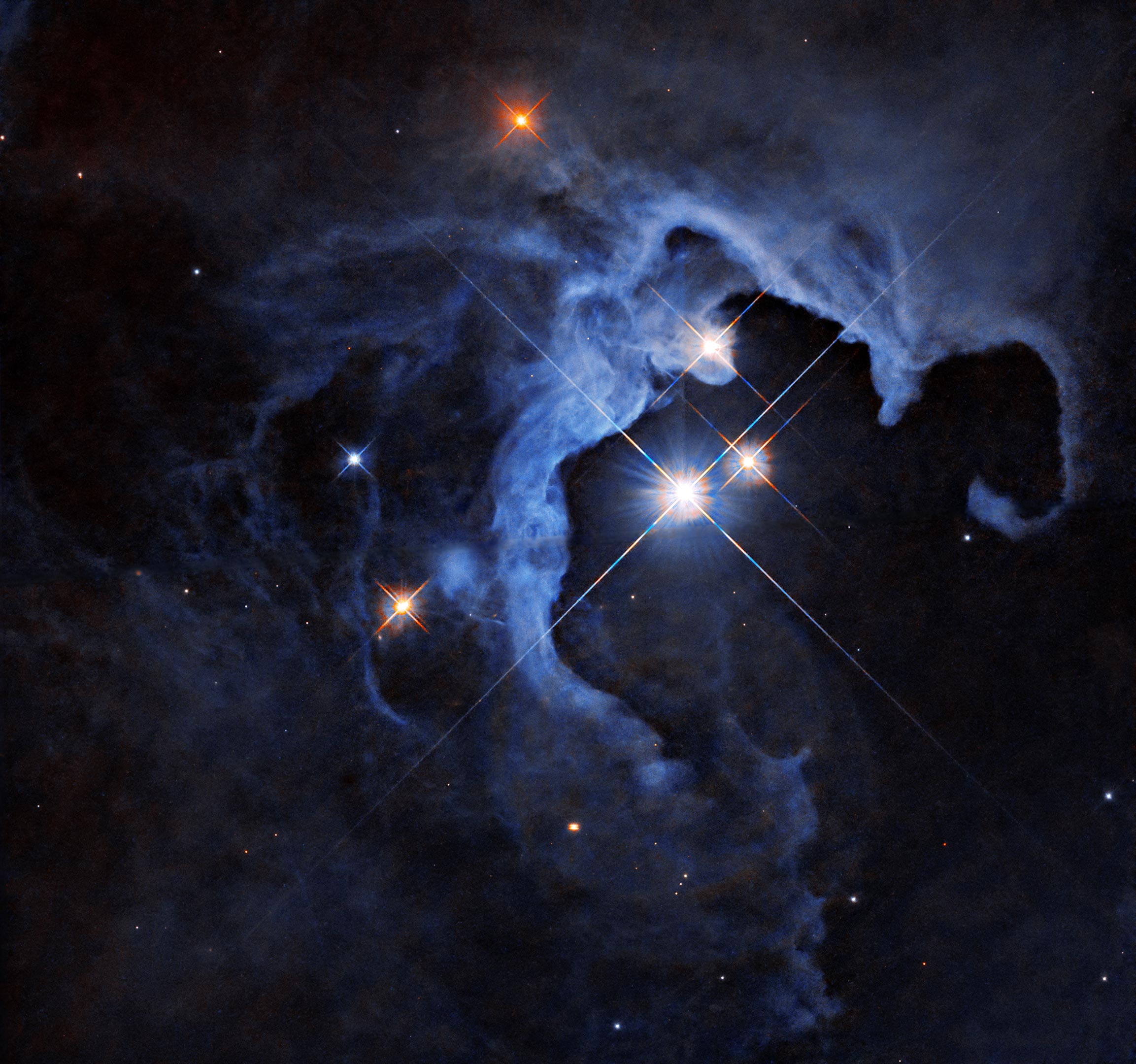Sci.News
Sci.News is a science news website that provides breaking news in various fields of science, including astronomy, biology, physics, genetics and more. The articles are written by an international team of editors and reporters who cover different areas of expertise.
78%
The Daily's Verdict
This news site has a mixed reputation for journalistic standards. It is advisable to fact-check, scrutinize for bias, and check for conflicts of interest before relying on its reporting.
Bias
90%
Examples:
- The articles in Sci.News are written by an international team of science editors and reporters who cover various fields of science.
- There is no evidence of any intentional bias in the reporting.
Conflicts of Interest
90%
Examples:
- There are no conflicts of interest disclosed by the authors or editors.
Contradictions
85%
Examples:
- However, there is a minor contradiction regarding the intelligence of large theropod dinosaurs in one article.
- No major contradictions were found in the articles.
Deceptions
50%
Examples:
- One article refers to a starburst irregular galaxy and demonizes star formation.
- The article about Noctis Mons uses sensationalist language to make the discovery seem more significant than it is.
Recent Articles

Discovering Two Intermediate-Mass Black Holes: Insights into Formation and Evolution
Broke On: Thursday, 18 July 2024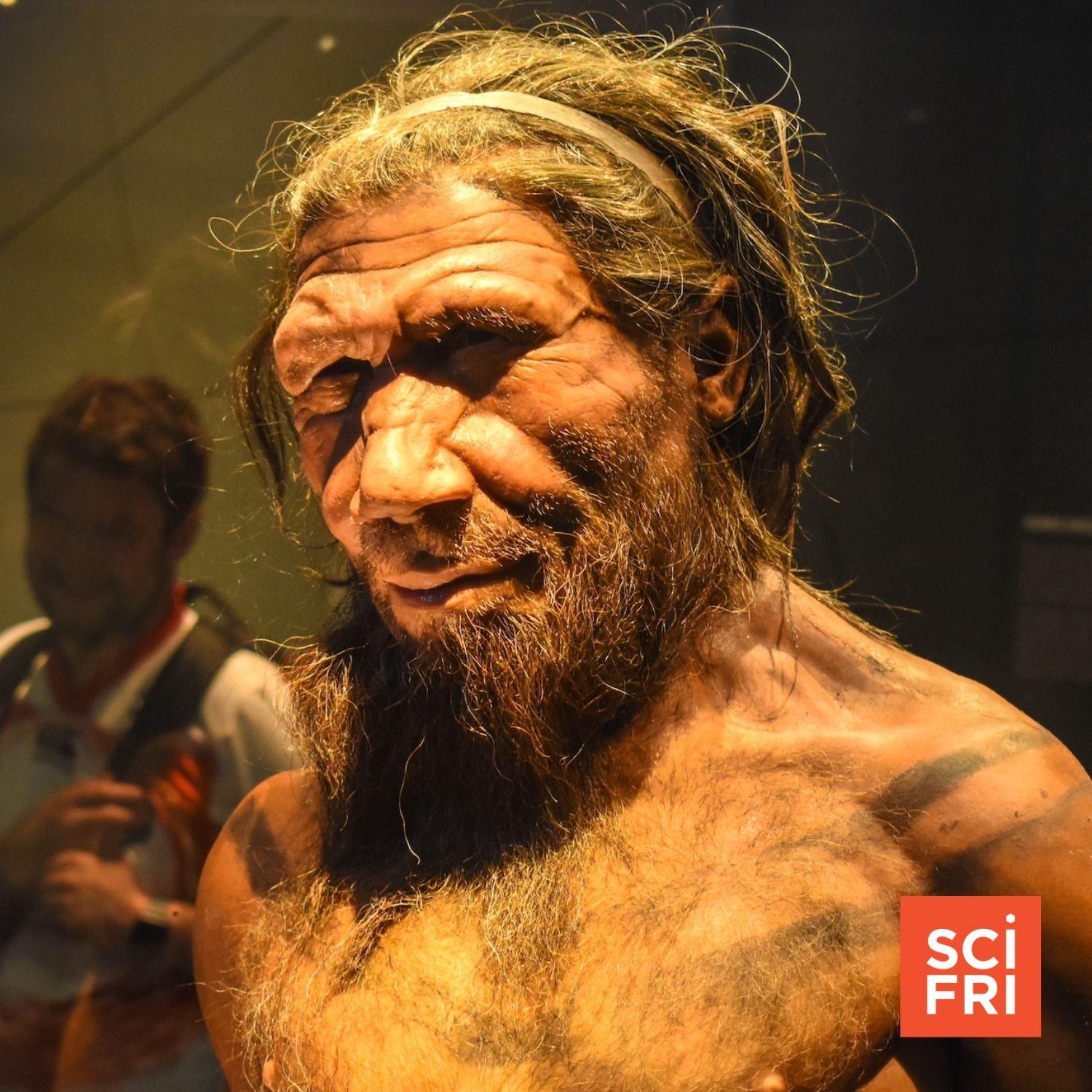
New Evidence Suggests Modern Humans and Neanderthals Interacted for Over 200,000 Years: A Genetic Analysis of Human-Neanderthal Relationships
Broke On: Thursday, 11 July 2024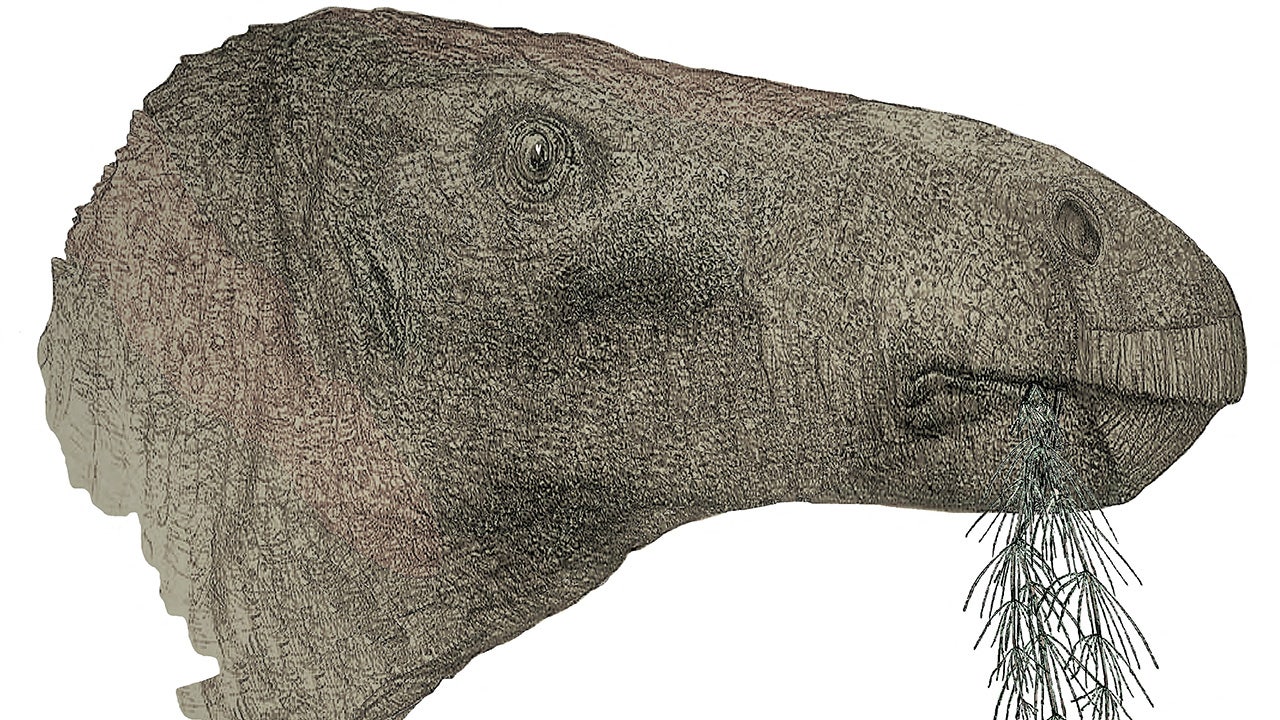
Newly Discovered Iguanodontian Dinosaur, Comptonatus chasei, Named after Isle of Wight Discoverer and Unveils Fast Evolution Rates during Early Cretaceous Epoch
Broke On: Wednesday, 10 July 2024
Exceptional Preservation of Cambrian Trilobites in Volcanic Ash: New Insights into Ancient Marine Creatures' Anatomy and Feeding Behavior
Broke On: Thursday, 27 June 2024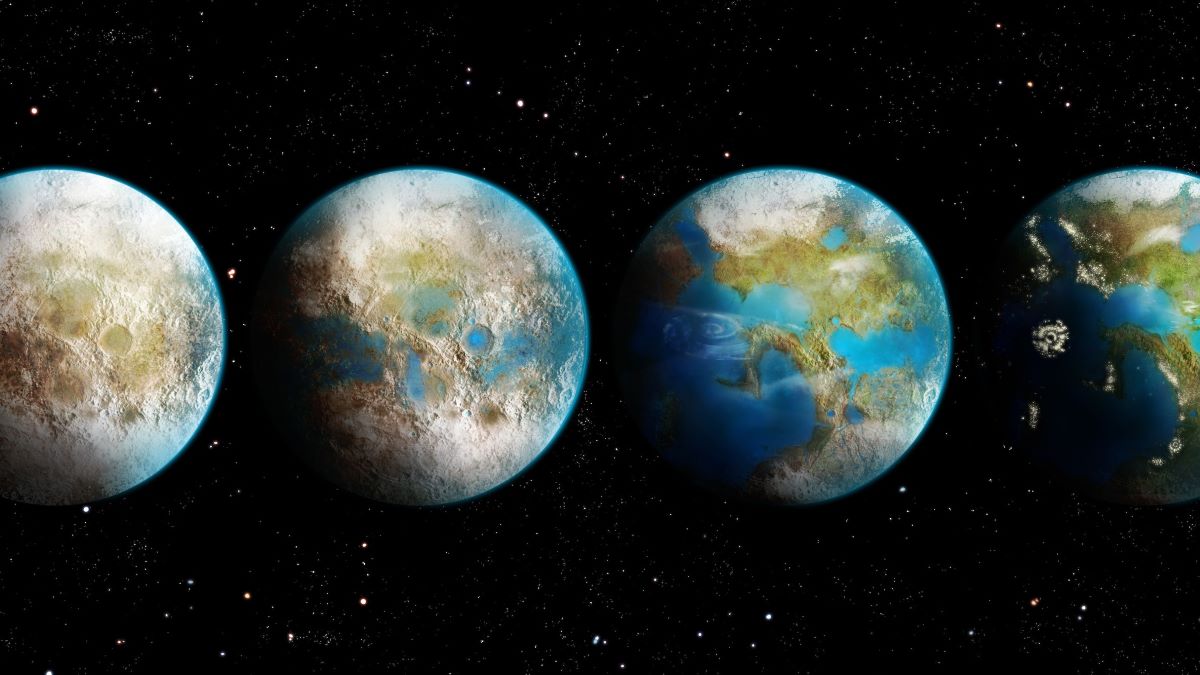
New Study: Unnatural Greenhouse Gases on Exoplanets Could Be Signs of Alien Civilizations Terraforming Worlds
Broke On: Wednesday, 26 June 2024
Measuring Earth's Rotation with Quantum Entanglement: A Groundbreaking Experiment by University of Vienna Physicists
Broke On: Friday, 14 June 2024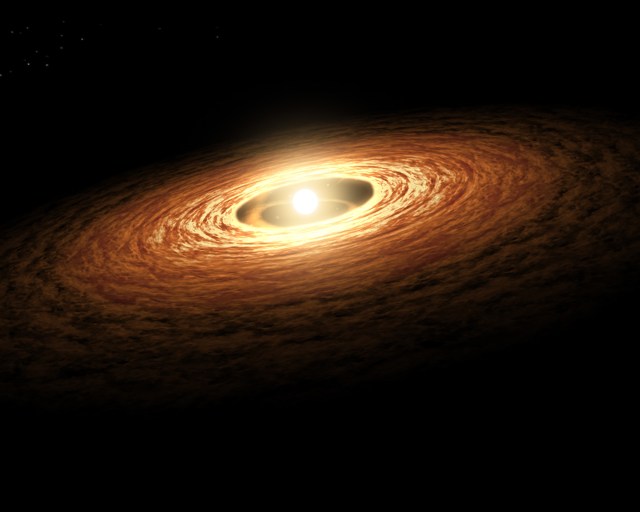
NASA's James Webb Space Telescope Detects Abundance of Hydrocarbons in Protoplanetary Disk Around Low-Mass Star
Broke On: Thursday, 06 June 2024
Newly Discovered Abelisaurid Dinosaur Koleken Inakayali Distinguished by Unique Skull Traits from Carnotaurus Sastrei in Patagonia's La Colonia Formation
Broke On: Tuesday, 21 May 2024